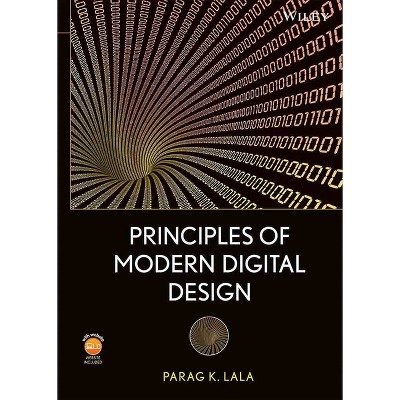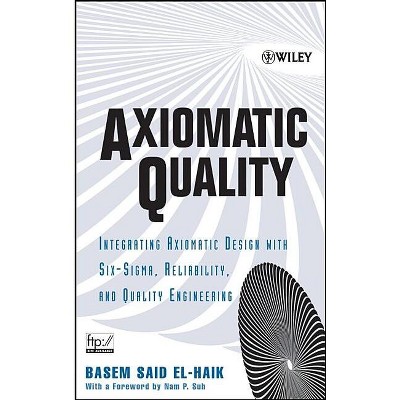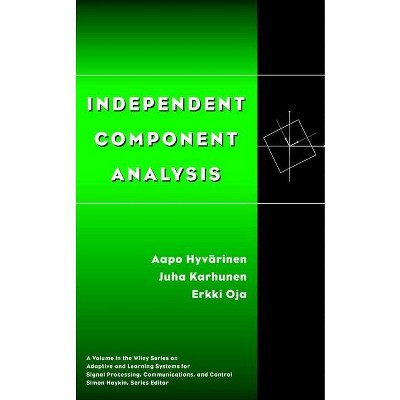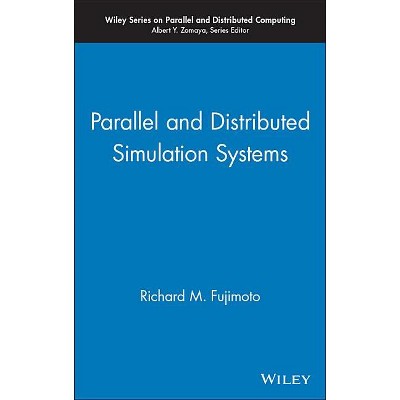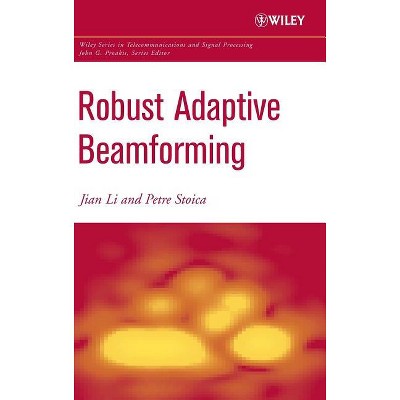Sponsored

Cdma2000 Evolution - by Kamran Etemad (Hardcover)
In Stock
Sponsored
About this item
Highlights
- CDMA2000 Evolution: Concepts and Design Principles provides: A presentation of CDMA2000 technology from the fundamental concepts, architectures and protocols to the network engineering and planning principles.
- About the Author: KAMRAN ETEMAD received his PhD in electrical engineering from the University of Maryland.
- 384 Pages
- Computers + Internet, Computer Engineering
Description
Book Synopsis
CDMA2000 Evolution: Concepts and Design Principles provides:- A presentation of CDMA2000 technology from the fundamental concepts, architectures and protocols to the network engineering and planning principles.
- Comprehensive and up to date information about the IS2000 1x Releases A through D, including 1xEV-DV, as well as 1xEV-DO or IS856 Revisions 0 and A standards.
- A focus on network architecture, QoS, radio network performance and dimensioning as well as comparison with other 2.5G/3G systems.
- Examples, graphics and diagrams to simplify the learning process.
Throughout the book, the emphasis is on conceptual understanding of key techniques and protocols and their evolution from simpler legacy systems to the more advanced revisions recently made to these standards.
From the Back Cover
An insightful guide to CDMA2000(R) for implementing successful next-generation mobile and wireless networksCDMA2000(R) Evolution: System Concepts and Design Principles is the comprehensive resource you need to understand concepts, techniques, and protocols used in the design of a widely deployed family of next-generation mobile wireless standards: the CDMA2000(R) standard, including the CDMA2000(R) 1x (IS2000), and the 1xEV-DO (or IS856/HRPD) systems.
All systems are examined in depth, from the physical channelization to coding, spreading, and modulation schemes. The author leads you through:
- The key enabling 3G technology concepts, such as link adaptation, Hybrid ARQ, adaptive scheduling, and diversity schemes
- The Release 0/A of the IS2000 system and the key technical enhancements made to recent releases of the standard
- The IS2000 Releases C and D, including forward and reverse high-speed packet data channel operation
- 1xEV-DO/IS856, including the new enhancements and features in EV-DO Rev. A
- MAC/LAC layer protocols and signaling procedures
- Network architecture, QoS, radio network performance, and dimensioning
- Comparisons with other 2.5G/3G systems
From simpler legacy systems to the more advanced revisions made to these standards, the emphasis is on conceptual understanding of key techniques and protocols, and their evolution. Carefully balancing theory and practical insights, CDMA2000(R) Evolution: System Concepts and Design Principles provides engineers, technical managers, and students in telecommunications with a solid foundation of the new concepts, protocols, and methodologies used for the design of next-generation CDMA networks and systems.
Review Quotes
"This book works best as a single source reference..." (E-STREAMS, May 2005)
About the Author
KAMRAN ETEMAD received his PhD in electrical engineering from the University of Maryland. Most recently, he has been with Nexius Inc. and Wireless Facilities Inc. as the Vice President of Advanced Technology. His research interests include current and emerging telecommunication technologies and standards development as well as tools and process design for network planning, traffic engineering, and propagation analysis of mobile and fixed wireless systems. He has developed and taught numerous courses and seminars in both academia and industry, and published many papers in wireless communication and networking. Dr. Etemad is also a lecturer at the University of Maryland.












